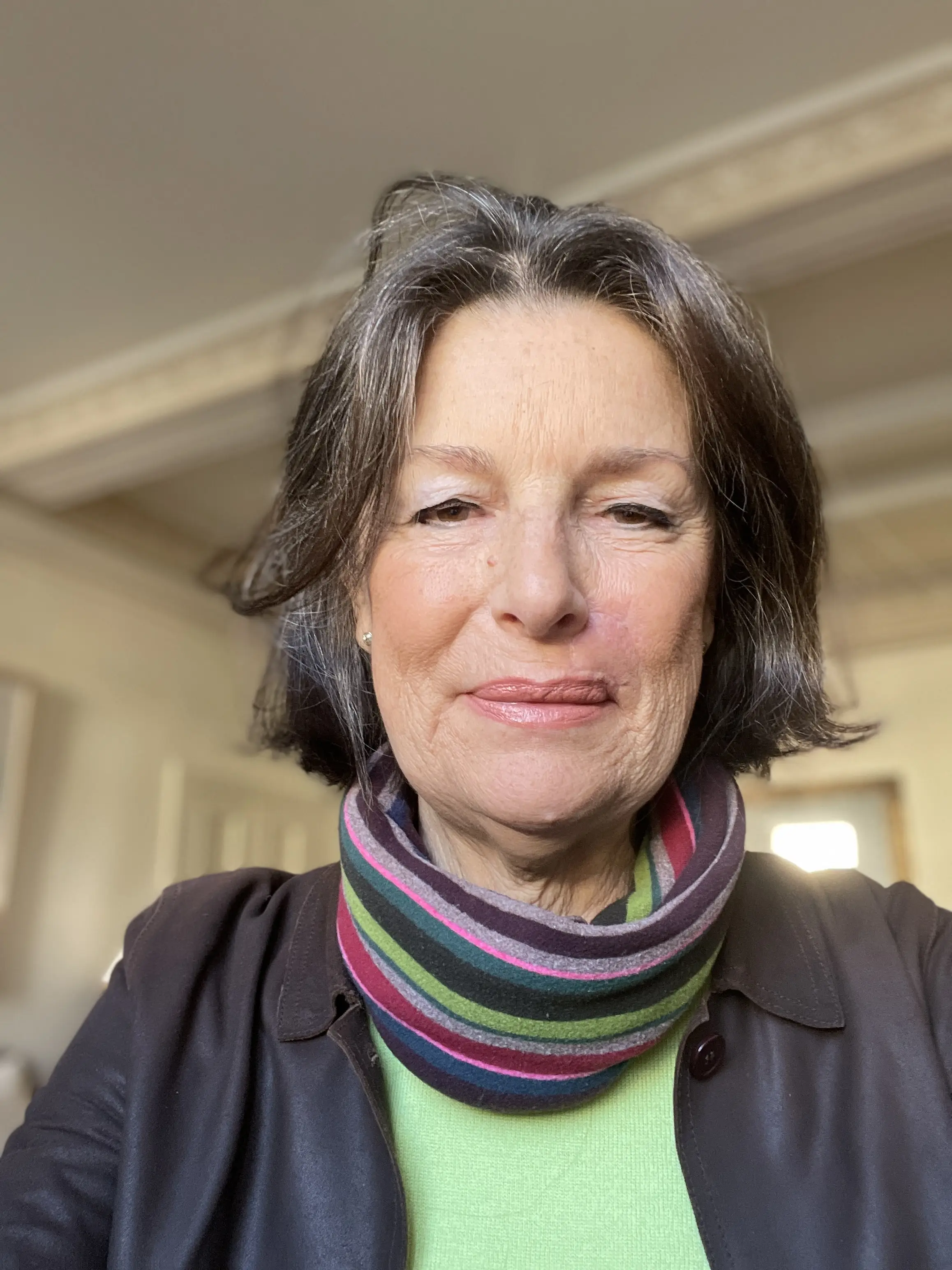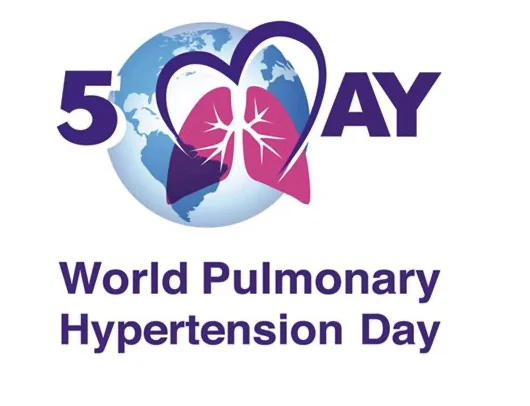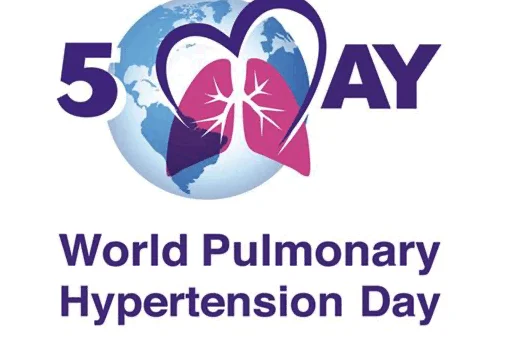Pulmonary hypertension is a life-altering condition that often goes undetected until it’s advanced. This Pulmonary Hypertension Day, let’s shine a light on this silent disease, support early diagnosis, and stand with those living with it every day.
Awareness saves lives, because breath is not something we can take for granted.

To mark Pulmonary Hypertension Day on 5 May, the World Heart Federation is launching a global awareness campaign to amplify voices from the pulmonary hypertension (PH) community.
We’re gathering insights from patient advocates and scientific/medical leaders to help the public better understand this complex and often misunderstood condition—and to highlight the vital connection between pulmonary hypertension and heart health.

Pisana Ferrari
Secretary General, Alliance for Pulmonary Hypertension
President, AIPI, Italian Pulmonary Hypertension Association
What does life typically look like for someone living with PH? How does it affect daily activities and mental health?
Living with pulmonary hypertension transformed even the simplest daily tasks into challenges. As the disease progressed, activities most people take for granted—climbing stairs, carrying groceries, bending to pick something up left me breathless and with a racing heart. The impact extended far beyond the physical limitations. I was in my early thirites with a small baby and it was a struggle to look after my child and manage my family responsibilities. Our life plans required significant adjustments as the condition advanced and the limitations became increasingly severe.
The mental health burden was equally significant. I lived with constant fear and uncertainty about the future and thought I would never get to see my daughter grow up. The psychological strain was compounded by the side effects of my medication and having to frequently rtravel for specialized care and check-ups. The PH journey for all patients represents a complex balance of managing physical symptoms and emotional wellbeing while trying to adapt to a new normal that continues to evolve with the disease.
What gaps do you see in support or education for PH patients, and how are you working to fill them?
I was diagnosed with PAH in 1988, at a time when there was very little knowledge or information about the condition, there were no patient associations and no internet, so I felt lost and lonely. When the US patient association was created in the mid 90’s it became my lifeline, and in 2001 I co-founded an association in my own country. There has been huge progress in the PH field since then in terms of treatments, surgery and disease management and there are now over 90 associations active around the world. However, many HCPs outside expert centers still today lack awareness of PH and delayed diagnosis remains a major challenge worldwide. Patients often see multiple doctors before receiving an accurate diagnosis. Access to specialized care varies by region, creating inequalities in access to treatment and surgery. Even after diagnosis, patients may not have sufficient education about managing their condition. Patient associations are addressing these gaps by providing, inter alia, educational resources in patient-friendly language, educational events, patient-doctor meetings, telephone helplines, buddy or mentor programs, PH family weekends, psychological, legal, and economic support.
What strategies have worked best for raising public awareness about PH?
World PH Day, May 5, which was introduced in 2012 and has become a global event, provides a great opportunity to raise public awareness about the condition worldwide (over 80 associations took part in the latest edition). Patient associations involved in the celebrations typically conduct awareness campaigns, educational events and conferences, advocacy initiatives, patient doctor meetings and much more around this date, involving different stakeholders involved in PH care.
Many European associations are active at national level with local authorities and payers both in raising awareness and advocacy.
If you could send one message to the medical and research community, what would it be?
I think there is more that can be done in terms of patient-doctor communication to improve the PH care experience. Effective shared decision making requires HCPs to present treatment options in accessible language, ensuring patients can make informed choices aligned with their values, preferences, and life situation. Empathic and sensitive communication is vital as it means acknowledging the emotional weight of living with PH: the fear and uncertainty that accompany the diagnosis and disease progression. The emotional and quality of life dimensions should receive as much attention as clinical measurements. Quality of life measurement tools should be implemented more widely to capture the true patient experience.
Involving family members as essential partners in the care team is crucial, as they provide daily support and often serve as caregivers. HCPs should also include patient association referrals into standard care. These organizations offer important complementary support that extends beyond clinical care—providing peer connections with others who truly understand the journey, practical guidance for navigating daily challenges, and access to resources that address the emotional, financial, and social dimensions of living with PH.
WHF President Prof. Jagat Narula
on #PulmonaryHypertensionDay, shares an urgent call to recognize the silent threat of PH. Read his insights and take action.
Read more
Use ❤️ to Breathe
Pulmonary arterial hypertension (PAH) is a rare, life-threatening condition in which lung arteries become narrowed, blocked, or damaged, making it harder for the heart to pump blood.




